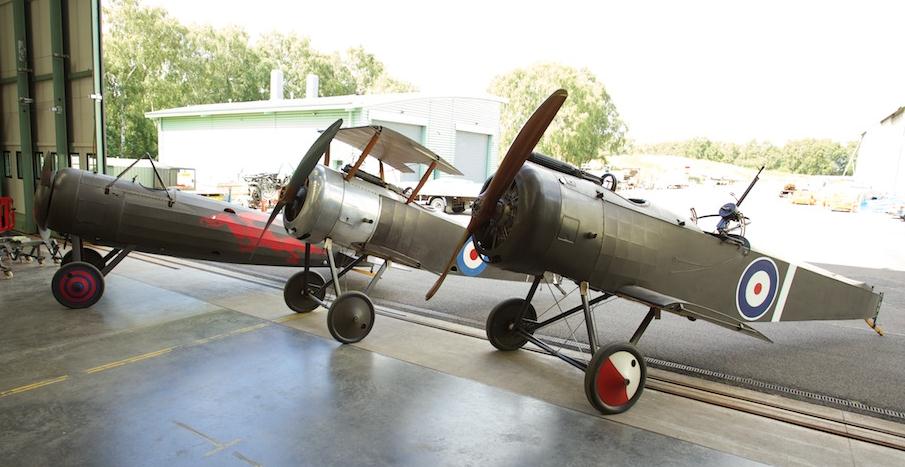The project to restore the oldest surviving Bristol Beaufort, A9-13, for the Australian National Aviation Museum has reached its fund-raising target for the first stage, but is still accepting pledges for the next steps. The Australian Aircraft Restoration Group (AARG) has been using
Kickstarter to raise funds to restore the stern frame, with an initial target of 5000AUD, which was reached 10 days before the fund-raising deadline. However, the Kickstarter campaign is still running, and additional funds will go towards the next step, which is to restore the turret.
AARG acquired the partially restored Beaufort in 2011, for restoration and eventual display in the
Australian National Aviation Museum at Moorabbin in Melbourne. Prior to that, the fuselage had been held by the Flypast Museum of Australian Army Flying at Oakey in Queensland. The Museum also has a Bristol Sycamore and Freighter, and one of the best preserved Bristol Beaufighters in the world.
A9-13 was one of 180 Beauforts destined for the Royal Air Force in Singapore. Although allocated RAF serial T9552, the order was cancelled in the early stages, and it rolled off the production line as A9-13 for the RAAF. It was delivered in January 1942, and served with 6 Squadron with code FX-F. It crashed on landing at Tadji in Papua New Guinea in 1945, while transporting fruit and vegetables, the cockpit and wings being damaged by fire in the accident. The remains were recovered from Tadji in the 1970's, and moved initially to Auckland, New Zealand, then Melbourne, Australia. Restoration commenced in 1977 by Monty Armstrong, and includes the forward fuselage from Beaufort A9-210, recovered from Tadji at the same time.
Regular progress reports are posted on the
Key Publishing Historic Aviation (i.e. Flypast) Forum.
The Kickstarter page can be found here:
https://www.kickstarter.com/projects/moorabbinairmuseum/raaf-beaufort-a9-13-restoration
